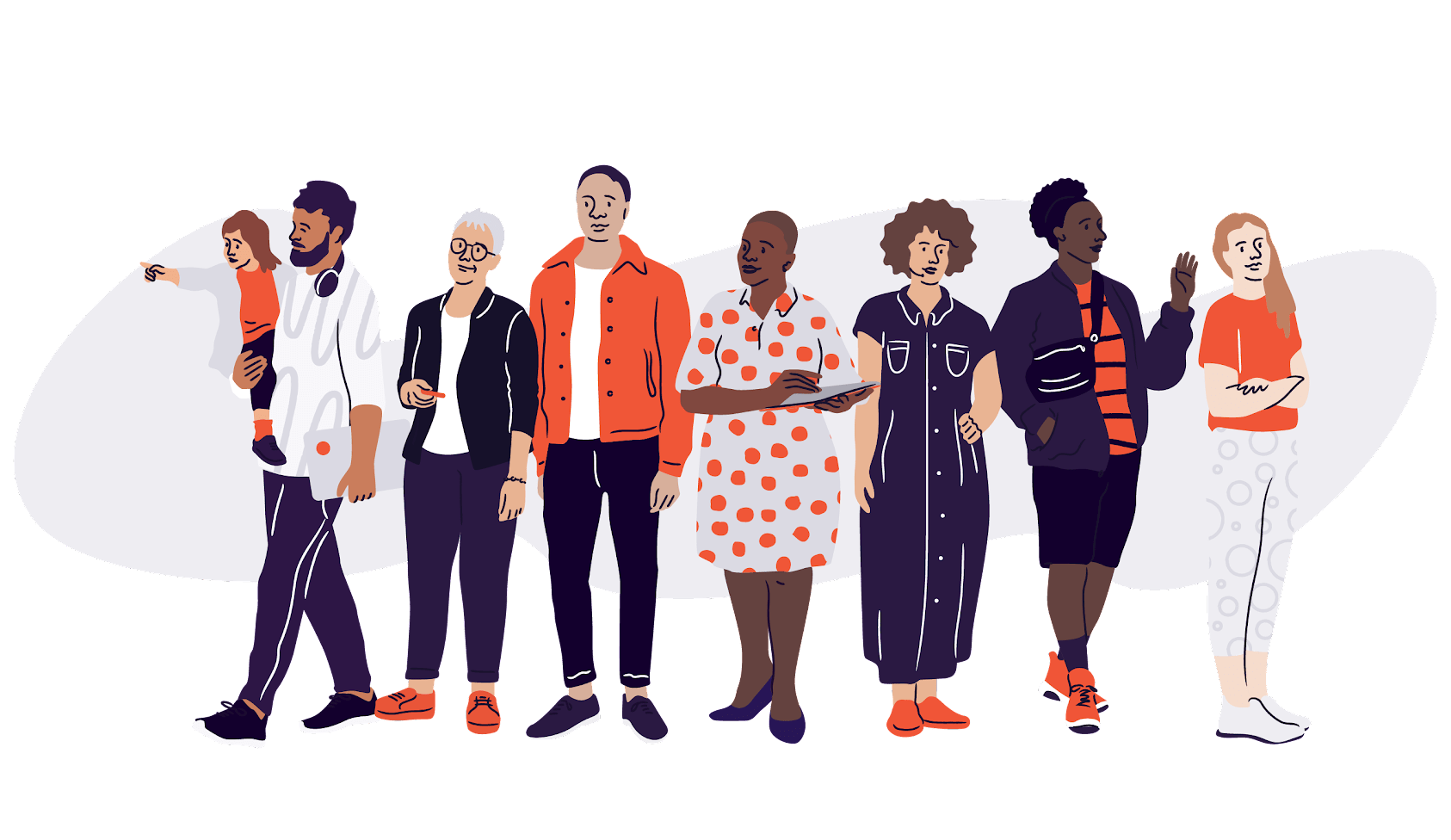It’s rare that all of your event details will be complete by the time you start promoting it. Because of this, there’s usually some overlap of time when you are both marketing your event and finalizing the schedule, structure, and breakout sessions for your function.
Of course, having a solid event schedule is critical to how your guests experience your event or conference. It can be overwhelming to decide on its final structure, speakers, and how to keep attendees comfortable.To keep the overwhelm at a minimum, here are some scheduling best practices to keep in mind based on a few different conference scenarios.
Planning an event agenda for a one or two day conference
Start Early: If you’re squeezing a full conference into one business day, you’ll want to get an early start. Consider starting breakfast at 8:00 so guests have time to eat, settle, and start official conference activities by 9 a.m.
Build in breaks every 90 minutes
Building in formal breaks every 90 minutes will help keep guests attentive and refreshed. Having a dedicated break space where snacks and drinks will be available and where attendees can catch up on emails and calls will ensure guests don’t get unnecessarily overwhelmed by all of the day’s sessions. This will also give them a chance to network and connect with other attendees.
Format 30 minute segments
Change up your formats, speakers, etc. every 30 to 50 minutes to keep guests engaged and from getting bored or restless (any less and it feels rushed). Establish a mix of sit-down talks and interactive engagement sessions, especially after lunch when attendees can feel sluggish.
Balance Speaker Sessions, Panel Events, and Lightning Talks
While speakers help sell the conference, trying to fit too many sessions into the day can be overwhelming. Sometimes less is more. Mix in panel events and lightning talks for the side stages for attendees who would rather be more low key. The main headliner is not necessarily the draw for everyone, and specialized workshops or talks could stand to capture a niche crowd that wouldn’t normally sign up.
Finish with a Networking Happy Hour
After your event or conference is over, you’ll want to give guests an opportunity to unwind and network. An after hours shindig is a perfect way to entice guests to hang around for a while and engage with one another. An open bar with hors d’oeuvres works as a nice “thank you” to guests for attending your event and spending time with your program
Completing Your Event Agenda
There’s no one way to run an event, though these suggestions can help if you get stuck or need ideas for how to structure your function. No matter what, make sure your event is fun and interesting to attend, and that you maintain organized segments so everyone can plan their day around what appeals to them the most. Keep your event planning unique and fun and you can count on your guests to talk about your event long after.






